How to Use this Top 10 Guide
This DK Top 10 guide is one of a new generation of illustrated travel-guide eBooks that guarantees you make the most of your visit before, during and after your stay. Use this eBook both to plan your trip and explore your destination when visiting. So, before you depart, browse the citys highlights, check out the themed sightseeing lists or simply tap through the guide and be inspired.
The best way to explore this guide is to begin at the main table of contents. The first section of the eBook shows you, quite simply, the best sights in the destination. This is followed by: Top 10 of Everything themed Top 10 lists that allow you to make the most of your time away; Around the Destination must-see sights, area by area; Streetsmart essential practical information; and the General Index (a great alternative to Search when you need to quickly look up a keyword or specific sight).
Shorter contents lists appear at the start of every section in the guide, and are designed to make chapter navigation quick and easy. You can jump back to these by clicking on the chapter-heading links that sit with an arrow icon at the top of every article.
There are dozens of useful, easy-to-use maps at the back of this eBook. Select the "View map" links thoughout the guide to see larger-scale versions fill your screen.
As you use this guide, create a personalized itinerary by bookmarking the sights, venues and activities that are of most interest, giving you the quickest possible access to everything youll need for your time away.
Price guide
All price ranges quoted for hotels in this guide are based on a standard, double room per night (with breakfast if included), taxes, and extra charges. Similarly, all price ranges quoted for restaurants are based on a meal for one made up of one or two dishes served with a soft drink and including service.

Bangkoks Highlights
Beguiling and bewildering, subtle and brash, spiritual and sensual, Bangkok is one of Asias most intriguing cities. Its glittering temples and museums overflow with sumptuous art, and an exploration of the citys canals and markets reveals the locals hospitable nature. Shopping for bargains, dining out, and reveling in the vibrant nightlife should feature high on everyones itinerary.

Grand Palace and Wat Phra Kaeo
In 1782, Rama I (r.17821809) established the capital in Bangkok, where he built Wat Phra Kaeo to house the countrys most precious Buddha image. In 1784, he had the Grand Palace built, which became the home of the royal family. No king has resided here since the early 20th century, but the complex is a stunning display of Thai art and architecture and a truly memorable sight.
 Wat Phra Kaeo
Wat Phra KaeoServing as the royal chapel of the Grand Palace, this dazzling complex never fails to impress first-time visitors with its slender chedi (stupas), glittering mosaics, and other-worldly creatures, such as the fearsome yaksha (giants) that stand guard by the gates. The wat (temple) is Thailands holiest shrine, but unlike other Thai temples, there are no resident monks here (For further details see ).
 Siwalai Gardens
Siwalai GardensThese well-kept, picturesque gardens were once used for official receptions. Within the gardens are two buildings. The Neo-Classical Boromphiman Mansion, was built by .
 Amarin Winichai Hall
Amarin Winichai HallThis was one of the first buildings of the palace complex to be completed, and was originally used as an audience hall for foreign guests. Inside, the hall has colorful murals and Rama Is boat-shaped Busabok Mala Throne surmounted by a nine-tiered white canopy. Today the hall is used for state ceremonies and is open to the public on weekdays.
 Phaisan Thaksin Hall
Phaisan Thaksin HallThis hall is not open to the public and is used only for coronations. It contains the Coronation Chair and the tutelary deity, Phra Siam Thewathirat.
 Chakraphat Phiman Hall
Chakraphat Phiman HallClosed to the public, this hall was the residence of the first three kings of the Chakri dynasty (For further details see ). It consists of a royal bedchamber and a reception chamber housing the regalia and accoutrements of kingship.
 Inner Palace
Inner PalaceUntil the time of Rama VII (r.192535), the Inner Palace was inhabited solely by women. All males except the king were forbidden entry. Still closed to the public, it is now a school for girls from prominent families.
 Chakri Maha Prasat
Chakri Maha PrasatOccupying center stage in the Grand Palace is the Chakri throne hall. Built by Rama V in 1882, it is a fusion of Western and Thai architectural styles. The ashes of Chakri kings are housed here.
 Aphonphimok Pavilion
Aphonphimok PavilionThis small but attractive pavilion was built by Rama IV as a royal changing room prior to audiences in the adjacent Dusit Throne Hall. Its multi-tiered roof and elaborate decoration are hallmarks of classic Thai design.
 Dusit Throne Hall
Dusit Throne HallFor many, this building is the sites crowning glory, featuring a four-tiered roof and Rama Is teak throne.
 Wat Phra Kaeo Museum
Wat Phra Kaeo MuseumThis museum displays a treasure trove of artifacts salvaged from restoration of the palace, including costumes of the .
Tip: Modest dress is essential; no sandals, shorts, or sleeveless shirts allowed.
Tip: Visit in the morning to avoid the afternoon heat. Wear a hat or carry an umbrella to protect yourself from the sun. It is usually cooler inside the cloisters.
Tip: Keep your ticket for free entry (use within one week) to .
Tip: Carry water, as the only caf is at the end of the tour, next to the Dusit Throne Hall.
Entering and Getting Around the Complex
All visitors enter by the gate on Na Phra Lan Road, where anyone inappropriately dressed is required to hire clothes. At the ticket office it is possible to rent an audio-tape or hire a guide to explain the significance of the sights. Visitors usually walk clockwise around Wat Phra Kaeo before exploring the rest of the Grand Palace. It takes at least two hours to walk around the site.

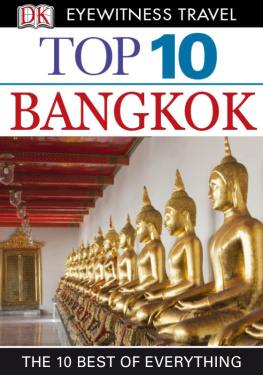
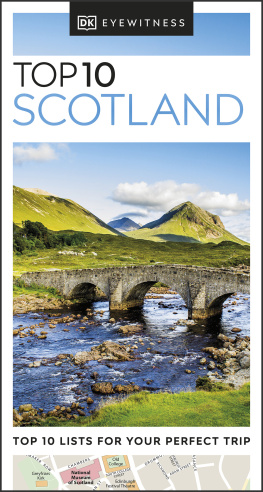




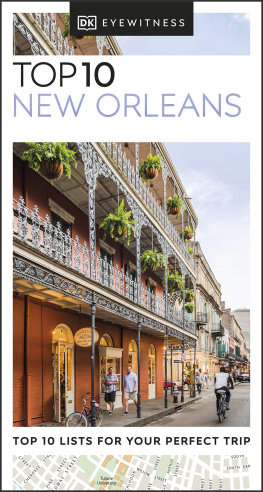
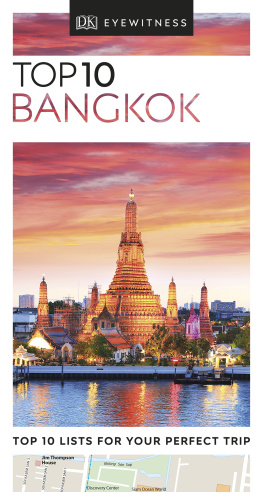
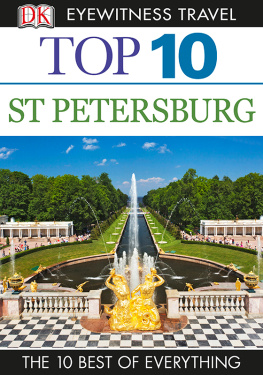
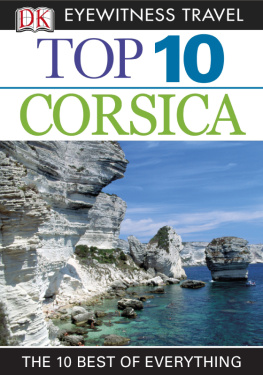
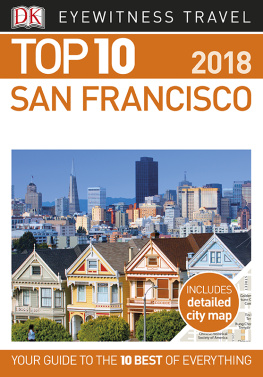
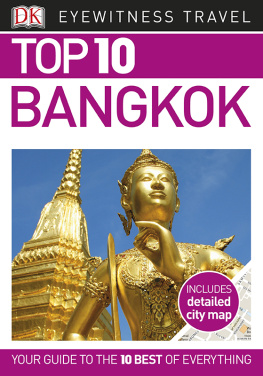

 Bangkoks Highlights
Bangkoks Highlights Wat Phra Kaeo
Wat Phra Kaeo Siwalai Gardens
Siwalai Gardens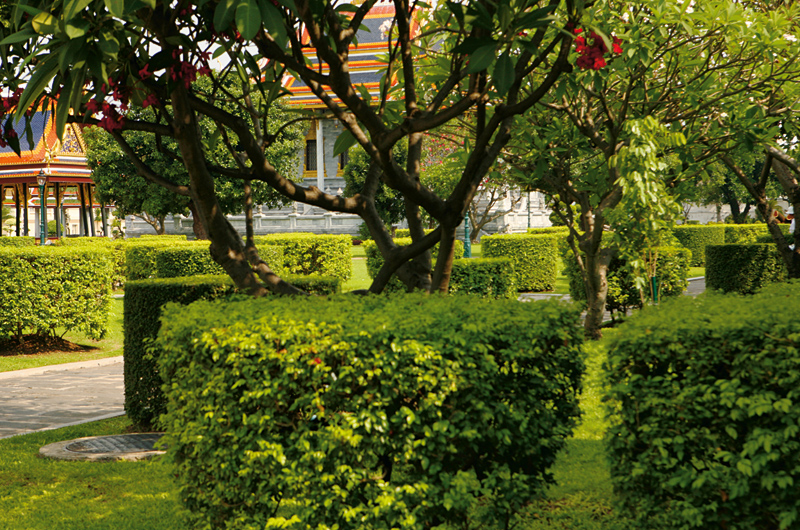
 Amarin Winichai Hall
Amarin Winichai Hall Phaisan Thaksin Hall
Phaisan Thaksin Hall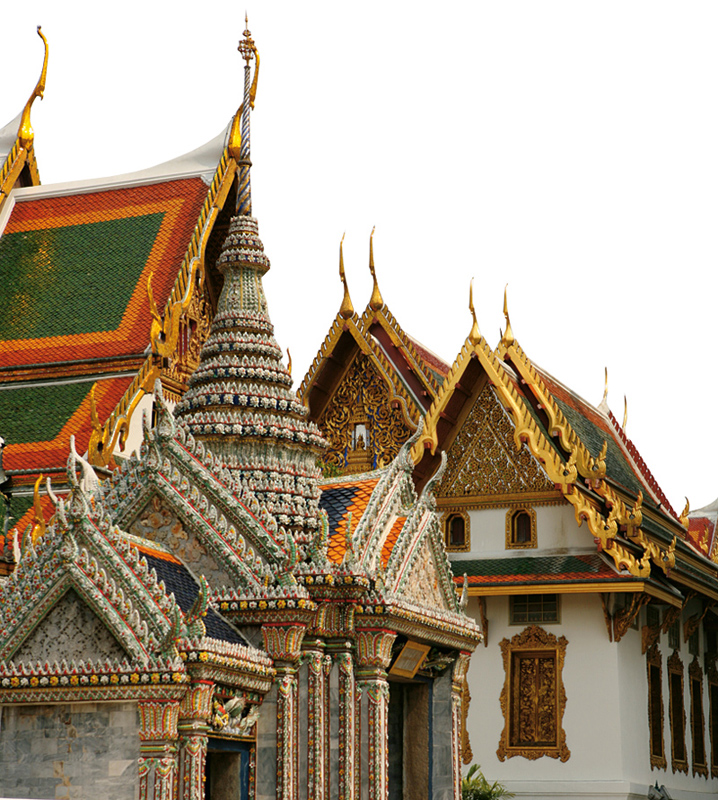
 Chakraphat Phiman Hall
Chakraphat Phiman Hall Inner Palace
Inner Palace Chakri Maha Prasat
Chakri Maha Prasat Aphonphimok Pavilion
Aphonphimok Pavilion Dusit Throne Hall
Dusit Throne Hall Wat Phra Kaeo Museum
Wat Phra Kaeo Museum